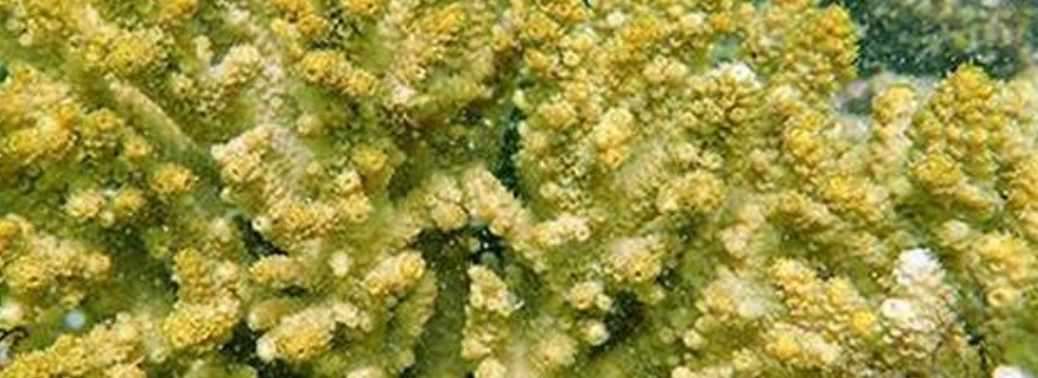BLOOMING OF MICROALGAE KILLS CORAL REEFS IN GULF OF MANNAR
21, Sep 2019

Prelims level : Environment- Biodiversity, Threats to Biodiversity
Mains level : GS-III- Conservation, environmental pollution and degradation, environmental impact assessment.
Why in News?
- The recent blooming of Noctiluca scintillans, a greenish marine microalgae, in the Gulf of Mannar, has caused the death of more than 180 colonies, mostly on the shoreward side of Shingle Island in the Gulf of Mannar Marine National park.
About the Algal Bloom:
- The recent monitoring of the status of corals around the islands in Gulf of Mannar has found a multitude of Noctiluca scintillans cells settled on corals and other benthic organisms in the reef areas of Shingle Island.
- Majority of the colonies had shown obvious sign of mucous sheathing. Inspite of this defence over the colonies, most of them were found dead due to algal bloom.
- The absence of secondary algae also confirms the recent death of these coral colonies due to smothering effect of the microalgae while settling.
About Mucous Sheathing:
- Corals generally secrete mucus in order to coat their body with mucus, so that they can maintain moisture to withstand severe environmental conditions.
- This can be generally useful when corals are exposed to air during extremely low tides, experiencing high temperature and dryness under strong sunlight for a couple of hours.
- Corals also release mucus under stressed conditions such as defence against biofouling, pathogens, UV radiation, sedimentation, pollutants, and desiccation. Even water currents and temperature or salinity changes can be a cause of mucus release.






